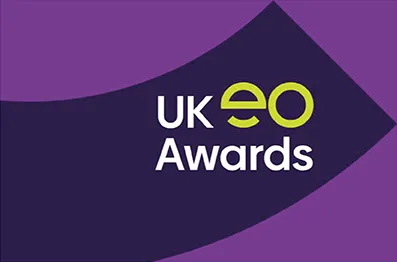It is easy to find stories detailing the successful transition of a business to an employee-owned model and think this sounds like the perfect solution for your business. And it is true that the structure of an employee ownership trust (EOT) can be applied to a business of almost any shape or size, but whether employee ownership is right for your business really comes down to the specific and unique circumstances your business currently exhibits.
An accusation sometimes thrown at the employee ownership model is that it sounds too good to be true, and it is important to remember that transitioning to employee ownership is not necessarily right for every business, or at least not at a particular time. So, what are the signs that the time is right? In reality, it will be a mixture of a number of different circumstances and a case of all the stars aligning at the right time, but here we have outlined what these factors are and therefore what you should be looking out for.
Founder’s Exit Strategy
Fundamentally, moving to an employee ownership model needs to be what the owner wants. This is not a financial bail-out, particularly because the owner is likely to be paid in annual dividends over a period of time. If they need a lump sum quickly for whatever reason, selling to an EOT will not deliver that. However, if the founder is looking to retire and can live comfortably with being paid a set amount on an annual basis in their retirement, employee ownership is ideal. The owner/founder will also be looking at what legacy they leave behind and whether they want the business to continue their work, uphold their values and continue with the same brand and ethos. Transitioning to employee ownership is ideal for that, because the previous employees have all been on the same journey. But if that is not important, the owner/founder can very easily sell to a third party, receive a lump sum and still leave a successful business ready to go in another direction.
Finances
A business needs to have stable finances and be able to demonstrate sustainable and profitable performance in order to manage the change in legal, financial and organisational structure. An immediate issue is that the business needs to be able to support the deferred payments to the owner/founder to fund the purchase, can the business sustain that and still be profitable? Often if the employee structure and commitment is strong, this makes a big difference, but it can only cover so much and if there is a significant financial shortfall, or the business is struggling financially and that is essentially why the owner/founder wants to sell up, then this might not be the right time to move to employee ownership.
Organisational Structure
Is the structure of the business ready for employee ownership in terms of personnel? Does the business have a strong team with a succession plan that will see key people step up to the challenge and take on leadership roles? Often it is the case that a business is heavily reliant on an owner/founder and even if they have built a good team around them, there is a huge hole left in terms of values, leadership and expertise when that person sells up and moves on. Therefore, a business that is ready for employee ownership will have a structure in place that will manage a seamless transition and is willing to embrace a new leadership team and new formalised governance, without this hindering performance and profitability.
Business Culture
In addition to having the right people in place, does the business have the right culture? Employee ownership requires a business that can embrace inclusivity, shared responsibilities and equal profit-sharing. If there is high staff turnover and the culture is disjointed, has cliques and splinter groups and has individuals who feel they are better and more exclusive than others, this won’t work. An employee ownership model needs a culture where people feel valued, connected and motivated. This provides a stable and robust workforce and means there is more chance of everyone chipping in and pulling together towards a common goal. This is what makes an employee-owned business successful.
The Numbers
In order to qualify for EOT status a business can only have a maximum of 40% of employees as sellers. This means that in a small business of eight people, for example, if four of them are sellers this equates to 50% and therefore exceeds the qualifying criteria. However, it is common for one owner to be selling the business, and hence as long as there are more than two employees overall, this is fine.
Expert Advice On When To Move To Employee Ownership
A successful transition to employee ownership needs early planning and good communications with your team of employees. It also requires an accurate valuation of the business and robust plans for governance, employee engagement and strategic vision. However, perhaps the most important factor is expert advice and knowing when to call on it.
At the Employee Ownership Advisor we have lived experience of going through the process of becoming an EOT, meaning we can support and advise you on the benefits of becoming an EOT and whether your business is suitable for the EOT model. So seek our advice at the right time and contact our team today to ensure your move to an EOT model is a successful one.
Complete this form and one of the team will get back to you.
"*" indicates required fields





